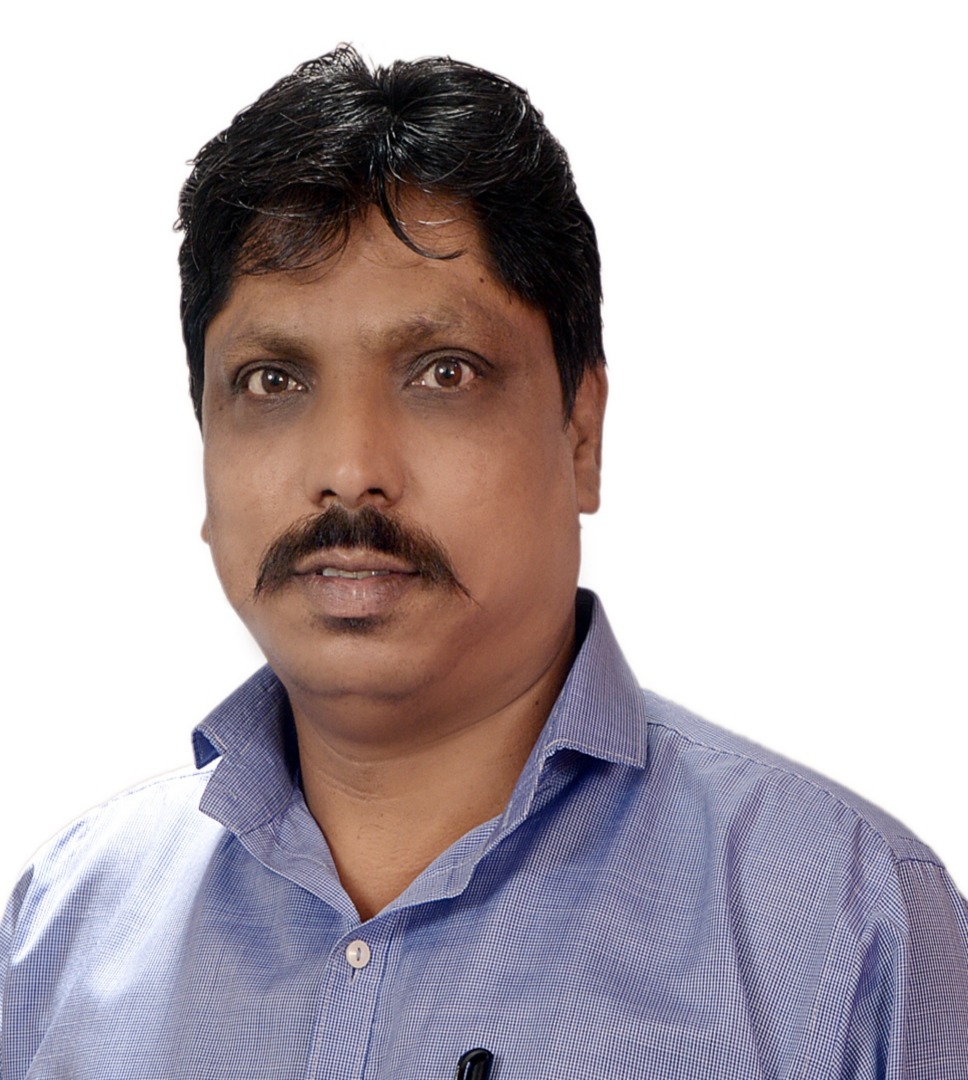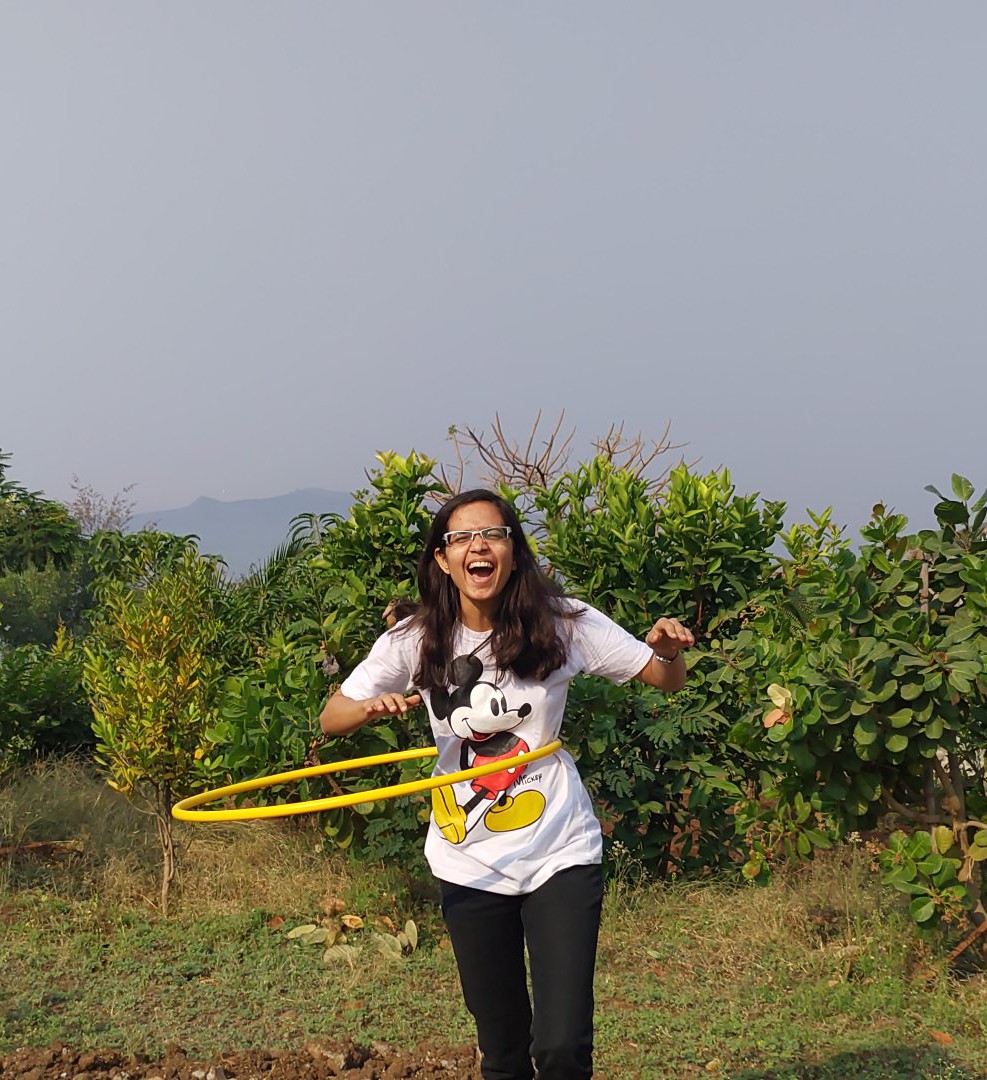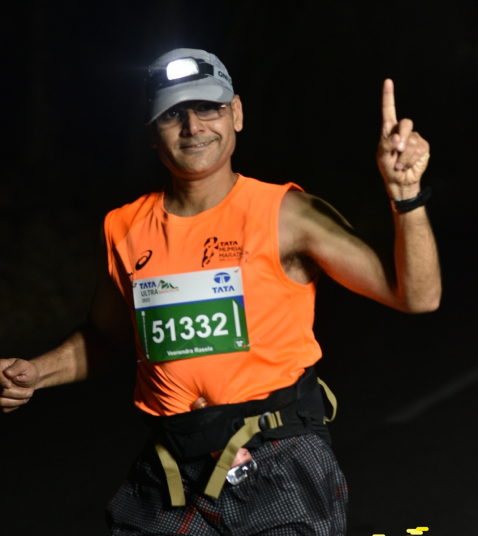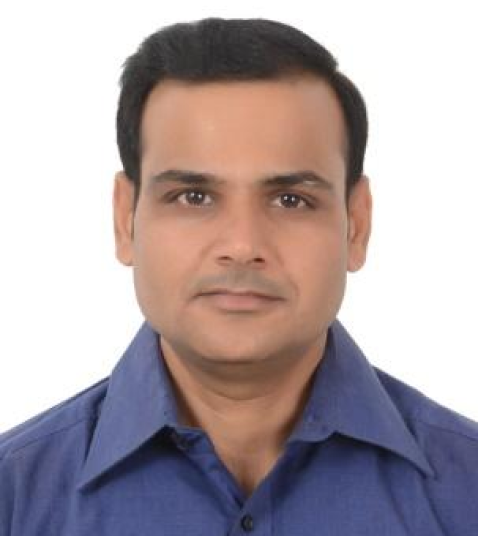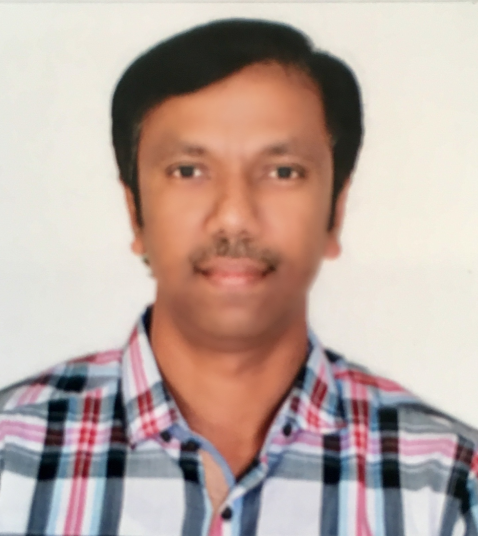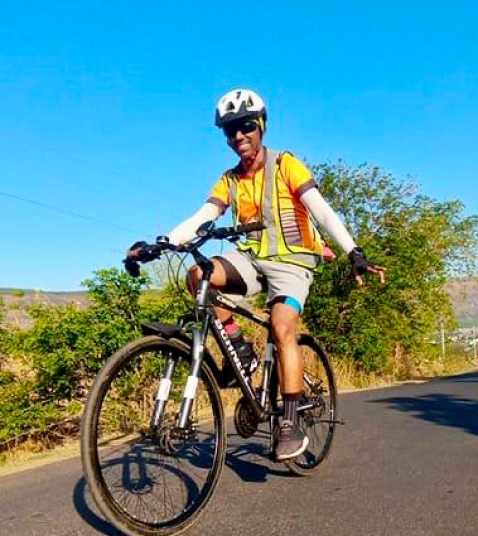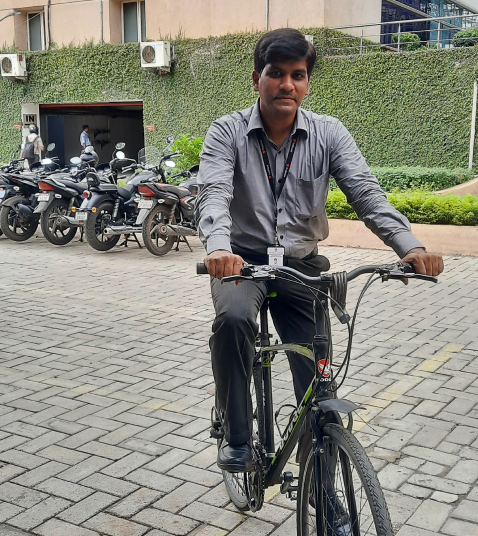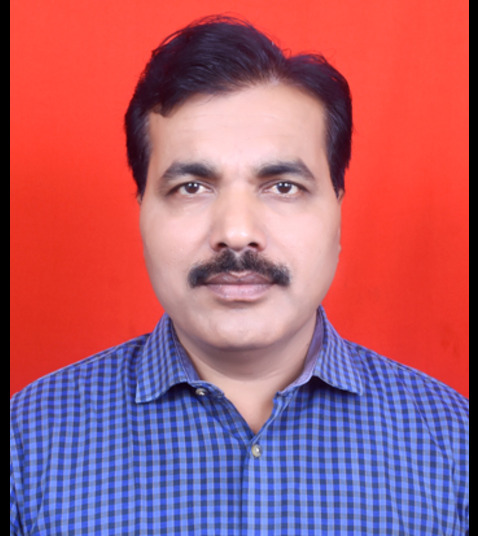Dear Everyone,
I am Shantaram Borhade from P&ES, and I have proudly been a part of the Thermax family since 1998. On 5th January, 2023, I penned a letter to our Honourable Prime Minister. The subject of this letter was Cancer, a merciless adversary that is silently but steadily tightening its grip on our nation.
In my letter to the Prime Minister, I shared my concerns about the alarming surge in cancer cases throughout the country. I am no expert on global statistics, but the increasing number of cancer patients in our nation deeply troubles me. I drew attention to the stark reality that cancer does not discriminate; it claims the lives of the young and old, the rich and poor alike. To emphasise the gravity of this issue, I recounted the tragic stories of respected leaders like Sushma Swaraj, Arun Jaitley, and Manohar Parrikar, who succumbed to this formidable foe. Their battles with cancer serve as painful reminders of the hardships faced by countless ordinary citizens.
It is disheartening to note that a significant number of cancer cases are detected in advanced stages, making successful treatment an arduous journey. The unaffordable cost of cancer treatment compounds this suffering, leading some individuals to the brink of despair, with suicide as their last resort. Adding to the urgency of the situation, there isn’t a single government hospital dedicated to treating cancer in our country.
But rather than dwelling on despair, I proposed practical solutions to the Prime Minister, drawing inspiration from our nation’s victorious battles against diseases like polio, cholera, and tuberculosis. The path to defeating cancer, I believe, is also a path of progress. My suggestions included:
1) Annual Cancer Screenings: Advocate for regular cancer screenings for every young adult.
2) Expert Committee: Form a committee of experts to identify and eradicate the root causes of cancer, such as plastic usage, pesticides, adulterated food and pollution.
3) Comprehensive Patient Care: Ensure every cancer patient receives the care and support they need.
4) Affordable Medication: Make cancer drugs more accessible or even free, similar to the treatment of tuberculosis.
5) Nationwide Cancer Hospitals: Establish specialised cancer treatment centres across India.
6) Promotion of Healthy Living: Encourage and support a healthier lifestyle.
7) Research and Support: Provide motivation and funding to organisations and scientists dedicated to finding cancer solutions.
After sending the letter, I persistently followed up with the Prime Minister’s office. On 4th November 2023, my phone rang, and it was the PMO office on the line. I was overjoyed to learn that the Prime Minister had not only read my letter but had also agreed to implement many of the suggested measures. In this context, it is said that the department of Health and Family Welfare provides technical and financial assistance to the states and union territories under the National Programme for Prevention and Control of NonCommunicable Diseases (NP-NCD) programme.
The following points have been agreed upon by the Prime Minister’s office and Health Ministry, which outlines the planned actions.
1) Strengthening infrastructure
2) Human resource development
3) Health promotion
4) Cancer screening of citizens aged 30 years and above by Ayushman Bharat Health Wellness Centre every year.
5) Prompt diagnosis and effective remediation
6) Referral to the appropriate level of facility
When the Prime Minister’s office asked for my opinion, I expressed partial satisfaction with these developments, but I understand there is still much work to be done. I vow to continue our dialogue and collaboration on this crucial issue.
At times, I encounter obstacles, such as securing the necessary funds for this noble endeavour, and earnestly call upon those who have the means to step forward and support this life-saving cause.
My dear friends, this is an arduous journey ahead, and with your support, we can make strides in the right direction. Together, we hope to save lives and bring about change.
With gratitude,
-Shantaram Borhade, Mechanical Draftsman
P&ES MPP, Sai Chambers, Pune

